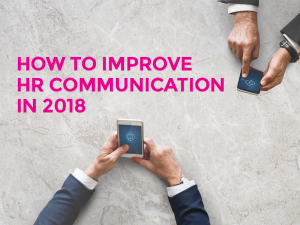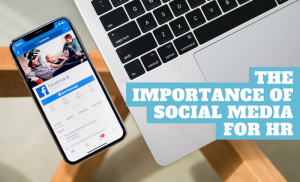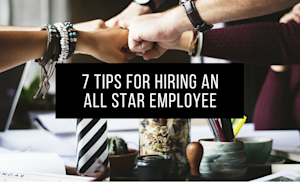May 23
At the beginning of COVID-19, many businesses had no choice but to adopt a remote operating model. Two years later, the situation has begun to improve and businesses are returning to the physical workspace. However, several companies have opted to keep remote and hybrid agreements in place. Hiring remote employees has several benefits, including a larger talent pool to choose from. Unfortunately, it also increases the challenges associated with searching and assessing candidates to determine if they are a good fit for your company. How can you ensure that you onboard the right remote employees without making costly mistakes? Hiring Remote Talent Is Not Easy Acquiring remote talent has several associated …Read More









